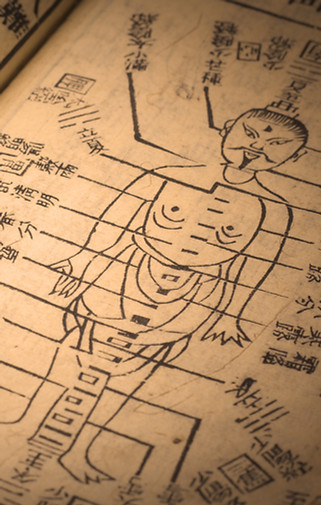Restoring Natural Balance
The aim of acupuncture is to restore natural balance. Treatment is aimed at the root of your condition as well as your symptoms. This approach can lead to a more permanent resolution of your condition.
There are many clinical trials confirming acupuncture’s efficacy. It is now integrated within the NHS health care system, with NICE guidelines recommending acupuncture for various conditions.


How Acupuncture Works
Central nervous system. Acupuncture has an effect on the central nervous system, sending the body from the sympathetic nervous system, also known as “fight or flight” (the body’s stress response) to the parasympathetic nervous system, also known as “rest and relaxation”. The body is able to heal when it is in the parasympathetic nervous system. This is one of the reasons why acupuncture is able to treat such a wide variety of conditions.
The brain. Brain scans show us that the pain matrix area of the brain is effected by acupuncture. When a person is in pain, the pain matrix area of their brain shows as being active in a brain scan. During and after acupuncture the pain matrix activity in the brain is reduced. This means the body is now not acknowledging pain on the same level.
Biochemical (chemical processes). Endorphins are released during acupuncture, this is the body’s own natural painkiller.
Reduces inflammation. Acupuncture influences the release of white blood cells to help fight inflammation.
Improves blood flow. Acupuncture improves blood flow locally and away from the site of the needle. Studies in fertility clinics show that acupuncture improves pelvic blood flow and these changes sustain for a long period of time. MRI scans show that acupuncture on the feet triggers increased blood flow to the eyes and visual cortex.
Improves immunity. After acupuncture, natural killer cell counts increase.
The Origins Of Acupuncture
Traditional Chinese acupuncture is one of the oldest and continuously practised systems of medicine in the world. This unique medical system was developed through empirical observation by the Chinese over thousands of years. It has been developed, tested, researched and refined over centuries to give us a complex and detailed understanding of the body's energetic balance. It is still used in mainstream healthcare in China today, as a stand-alone therapy and in combination with conventional western medicine to treat a wide range of diseases and various kinds of pain.
Acupuncture recognises a 'vital energy flow' (known as Qi, pronounced "chee") through the body. The main characteristic of "Qi" is that it moves continually, circulating endlessly and timelessly. In order for full health, this energy flow should be perfectly balanced with no areas of blockage, excess or deficiency. We, as human beings are in a constant state of movement and transformation and the quality of our energy changes through the course of our lives. When our energy becomes depleted or blocked, health can deteriorate.
Our energy flow can be manipulated by the insertion of fine needles into 'acupuncture points' on the body to encourage energy flow and/or remove blockages. This allows the body to resume its natural energy flow and provide an environment to promote its own innate ability to heal and repair, thus restoring health.
Due to its effectiveness, traditional acupuncture is now accepted and practised all over the world. There are many clinical trials confirming its efficacy. It is now integrated within the NHS health care system with the NICE guidelines recommending acupuncture for lower back pain, tension headache/migraines, neck pain or chronic neck pain and improvement in the symptoms of overactive bladder syndrome.
Acupuncture has a good reputation for treating many types of musculoskeletal problems, including back pain, knee pain, sciatica, neck pain, frozen shoulder, tennis elbow, rheumatoid arthritis etc but it is not just pain that acupuncture can treat.